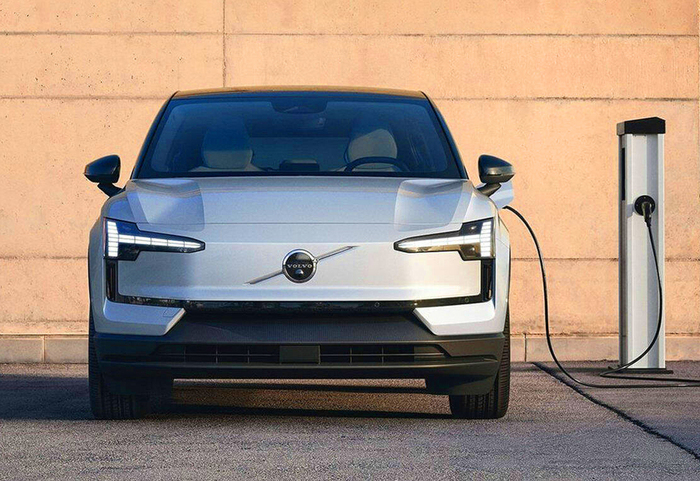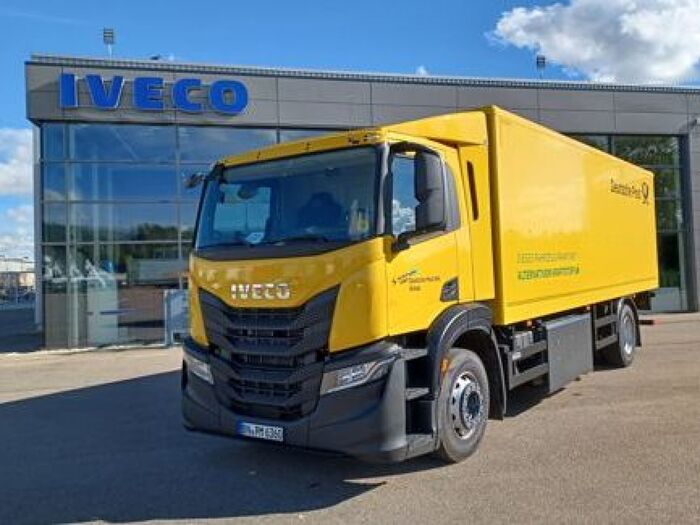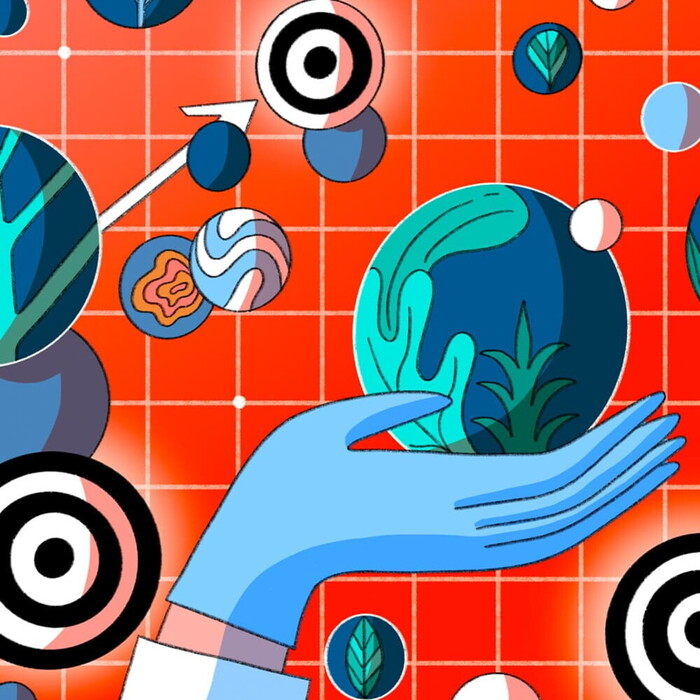Global warming is getting worse, reducing dependence on imports can help reduce carbon emissions.
Some local farms plan to introduce at least 500,000 Hong Kong-produced hairy crabs to the market this fall, and feed them with crab food from pre-dinner food waste, which can reduce 350 metric tons of carbon emissions.
The organization established the first civilian version of the carbon trading platform, which will convert the amount of carbon reduction purchased by local crabs into exchangeable, even "money laundered" carbon credits, so that carbon trading can be civilianized.
Buying Hong Kong-produced hairy crabs can be turned into carbon credits, which can be exchanged for fishery and agricultural products, and even discounts from cooperative restaurants, forming a civilian version of the carbon trading platform.
(Photo by Lao Minyi)
Almost all of the hairy crabs that Hong Kong people love to eat are imported, which generates a lot of carbon emissions.
Eco Fish Shrimp and Crab Technology Co., Ltd. tried to breed local hairy crabs this year, and used recycled cod and salmon as part of the feed to increase protein. It is estimated that each hairy crab will save about 700 grams of carbon emissions.
Extended reading:
Hong Kong-made hairy crabs will be marketed for the first time in September
Eat local crabs to reduce carbon and earn points
The saved carbon emissions are not just a record, they can be turned into carbon credits, which can be exchanged for fishery and agricultural products sold by the company, Lamma tribe products, and even discounts from cooperative restaurants, forming a civilian version of the carbon trading platform.
The platform was founded by the non-profit organization ProjecTerrae. The founding chairman Chen Shili said that in the first phase, through the concept of "carbon exchange", such as accumulating 10 kilograms of carbon credits, you can exchange for a hairy crab and increase public participation. Motivation: If the number of participants increases to about 500,000, the second phase can be started, where the carbon dioxide emissions saved by the citizens will be converted into carbon credit virtual currency, which will be launched as soon as the end of next year through global online shopping through ZoidPay technology.
Chen Shili pointed out that the value of carbon currency is determined by the free market. Taking the mainland as an example, the "carbon price" per metric ton is about RMB 50, which is the value of carbon emissions saved by a local hairy crab of RMB 3.5 cents.
Chen believes that as many countries set the goal of achieving net zero carbon emissions by 2050 and related policies, more people will participate in carbon trading and its value is expected to increase. He also hopes to use economic incentives to encourage citizens to develop a green life.
Chen Shili believes that as many countries set the goal of achieving net zero carbon emissions by 2050 and related policies, more people will participate in carbon trading and its value is expected to increase.
(Photo by Lao Minyi)
The "civilian version" carbon trading starting with ingredients
Currently, there are no carbon emissions related to people's livelihood, and they are included in carbon credit trading.
Director Cheng Shihao said that carbon trading is concentrated in heavy industry, which is out of reach for the public, so try to start with food ingredients. As long as you buy Anxin food, you can earn carbon credits with the potential for appreciation, and the scope of application will be wider in the future; People can be used to make carbon trading "landed" in terms of people's livelihood.
▼Hong Kong-made hairy crabs▼
+4
Hong Kong-produced hairy crabs are available for the first time in September, and the food of the people is good, and the food is good. The food waste salmon milled food is made. The seafood stalls in Saigon and Lei Yue Mun are selling endangered horseshoe crabs. The death rate of horseshoe crabs is as high as 70%. The horseshoe crabs are caught by clam diggers and thrown around to promote the restriction of entering ecologically sensitive areas
01News









